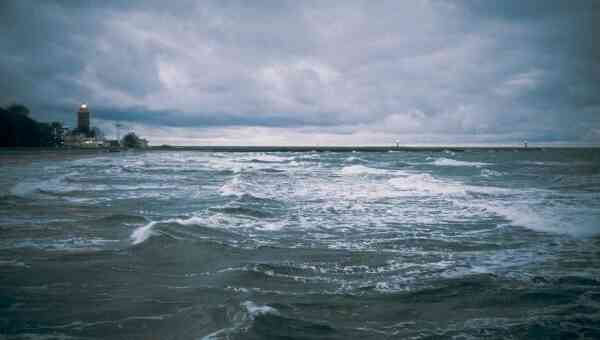The cold Baltic Sea is of great importance for all countries that have access to it. In addition, a wide variety of living creatures live in these northern waters, so biologists also pay close attention to the study of this sea.
Interesting facts about the Baltic Sea
- Its northernmost point practically borders on the Arctic Circle.
- The area of the Baltic Sea is twice the area of the Republic of Belarus.
- There is more water in Lake Baikal than in the Baltic Sea by about 2000 cubic kilometers (interesting facts about Baikal).
- In Kievan Rus, the Baltic Sea was called the Varangian, and the Germans, Swedes and Danes call it the East.
- In the same place where the Baltic Sea is now located, there previously existed three others, replacing each other – Yoldiev, Ancylus and Littorina seas. All of them were lightly salted, almost fresh.
- Among all the seas of the Earth, the Baltic is one of the youngest. It was formed only about 4000 years ago, that is, when the ancient Egyptians were already preparing to build their first pyramids (interesting facts about Ancient Egypt).
- The Baltic Sea washes the shores of 9 countries.
- 8 large rivers and many small ones flow into it.
- The depth of the Baltic Sea is small, on average, the surface is separated from the bottom by only 50 meters.
- The tides in the Baltic Sea are weaker than in any other sea of the Earth, and the water level changes only by 20-30 centimeters (interesting facts about the seas).
- Unlike most other northern seas, storms in the Baltic Sea are infrequent, and waves usually do not exceed 3 meters in height even in the worst weather.
- In winter, the northern Baltic Sea freezes and covered with ice.
- The Baltic Sea is characterized by low salinity, since a lot of fresh water enters it with rivers and precipitation.
- The concentration of gold in the water of the Baltic Sea is higher than in the waters of any another.
- Inhabitants of Estonia call this the Western Sea.
- Since the end of the Second World War, many samples of chemical weapons have been flooded at the bottom of the Baltic Sea. Under the influence of corrosion, containers lose their tightness, water becomes polluted, so the ecology here worsens every year (interesting facts about ecology).
- At the border of the Baltic and North Seas, you can observe how waters of different colors do not mix. The reason for this is their different density.
